The icy crust of Jupiter's moon Europa has long captivated scientists with its hidden ocean, a vast liquid water reservoir that may hold the keys to understanding extraterrestrial life. Recent advancements in space exploration technology have brought us closer than ever to uncovering the secrets beneath Europa's frozen surface. The upcoming Europa Clipper mission, set to launch in the coming years, represents humanity's most ambitious attempt to answer one of science's greatest questions: Are we alone in the universe?
At the heart of this quest lies the search for DNA or other genetic material within Europa's subsurface ocean. The concept might sound like science fiction, but astrobiologists have developed compelling theories about how life could survive in such extreme environments. The thick ice shell protecting Europa's ocean from radiation might actually create stable conditions for organic molecules to form and persist over geological timescales. Scientists speculate that hydrothermal vents on Europa's seafloor could provide energy and nutrients similar to those that support life around Earth's deep-sea vents.
The technological challenges of detecting DNA on Europa are immense. The ice shell is estimated to be 15-25 kilometers thick in most areas, creating a formidable barrier between any potential lifeforms and our detection instruments. Current mission designs focus on analyzing plumes of water vapor that occasionally erupt through cracks in the ice, as well as studying the composition of Europa's surface. Advanced spectrometers and mass analyzers will search for molecular patterns that could indicate biological activity, while ice-penetrating radar will map the subsurface structure in unprecedented detail.
One particularly innovative approach involves developing instruments capable of identifying genetic material without returning samples to Earth. Portable DNA sequencers, similar to those used in modern medical laboratories, are being adapted for spaceflight conditions. These devices could theoretically detect and sequence nucleic acids right on Europa's surface or in orbit. The detection of even simple genetic material would revolutionize our understanding of life's prevalence in the solar system, providing the first concrete evidence that biology exists beyond our home planet.
Critics argue that searching specifically for DNA might be too Earth-centric. Life on Europa could use completely different biochemical systems, potentially making our current detection methods ineffective. In response to this concern, mission planners are incorporating broader approaches to identify any complex organic molecules, not just those matching Earth's biology. The scientific payload includes instruments designed to detect various biomarkers, from amino acids to lipid-like molecules, casting a wide net in the search for extraterrestrial life.
The implications of finding DNA on Europa would extend far beyond planetary science. Such a discovery would suggest that life arises readily given the right conditions, dramatically increasing the probability of life elsewhere in the universe. It could also provide clues about life's origins on Earth, potentially supporting theories that basic organic compounds or even primitive lifeforms traveled between planets via meteorites. The philosophical and theological consequences would spark debates across all sectors of society.
As engineers put the finishing touches on the Europa Clipper spacecraft, excitement builds in the scientific community. This mission represents more than just another planetary exploration—it's humanity's first systematic attempt to search for life in another world's ocean. Whether we find DNA, some other form of genetic material, or nothing at all, the results will fundamentally alter our understanding of life's place in the cosmos. The answers waiting beneath Europa's icy crust may be just years away from revelation.

By /Jul 2, 2025

By /Jul 2, 2025

By /Jul 2, 2025
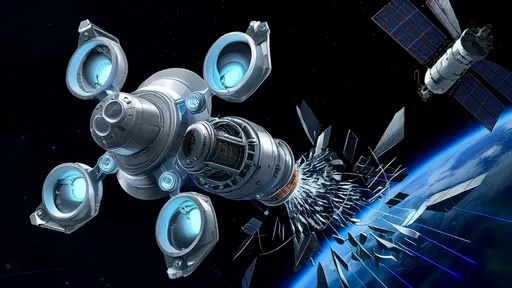
By /Jul 2, 2025
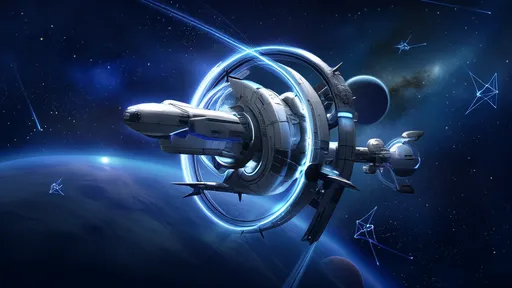
By /Jul 2, 2025
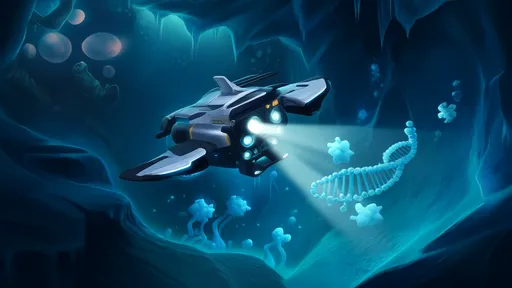
By /Jul 2, 2025
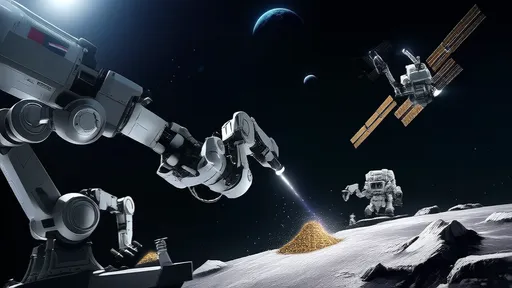
By /Jul 2, 2025
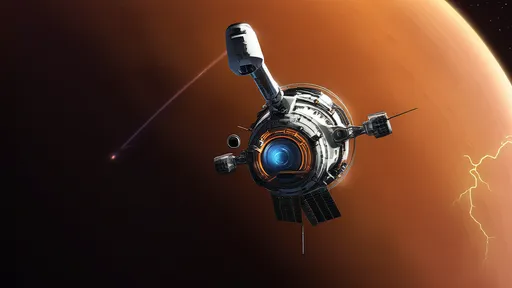
By /Jul 2, 2025

By /Jul 2, 2025
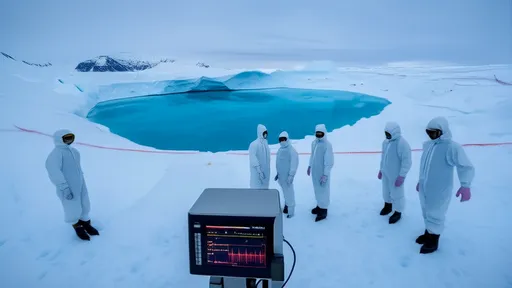
By /Jul 2, 2025
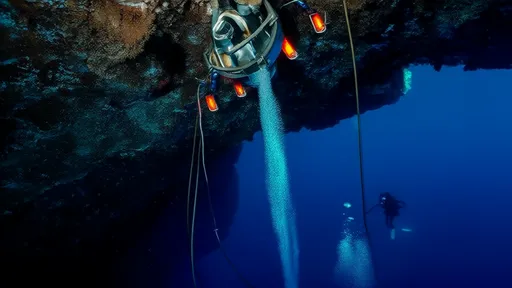
By /Jul 2, 2025

By /Jul 2, 2025

By /Jul 2, 2025

By /Jul 2, 2025

By /Jul 2, 2025
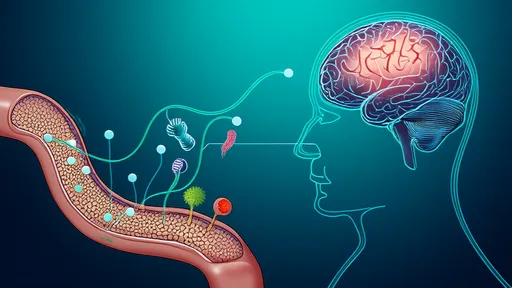
By /Jul 2, 2025
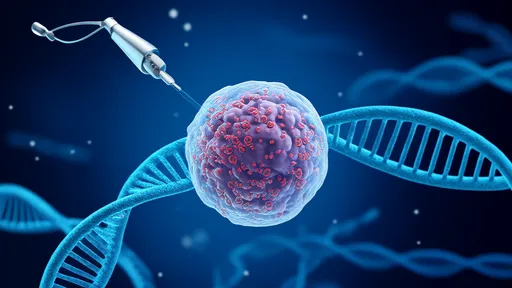
By /Jul 2, 2025
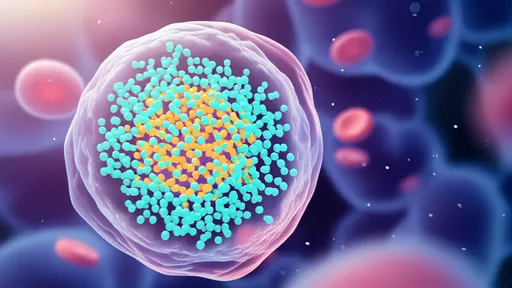
By /Jul 2, 2025

By /Jul 2, 2025
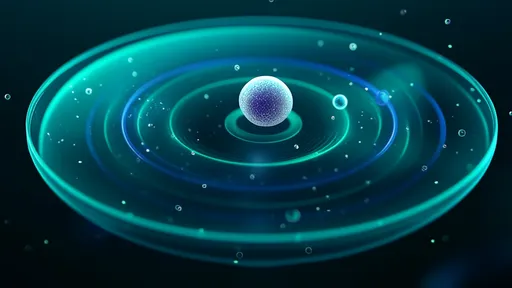
By /Jul 2, 2025